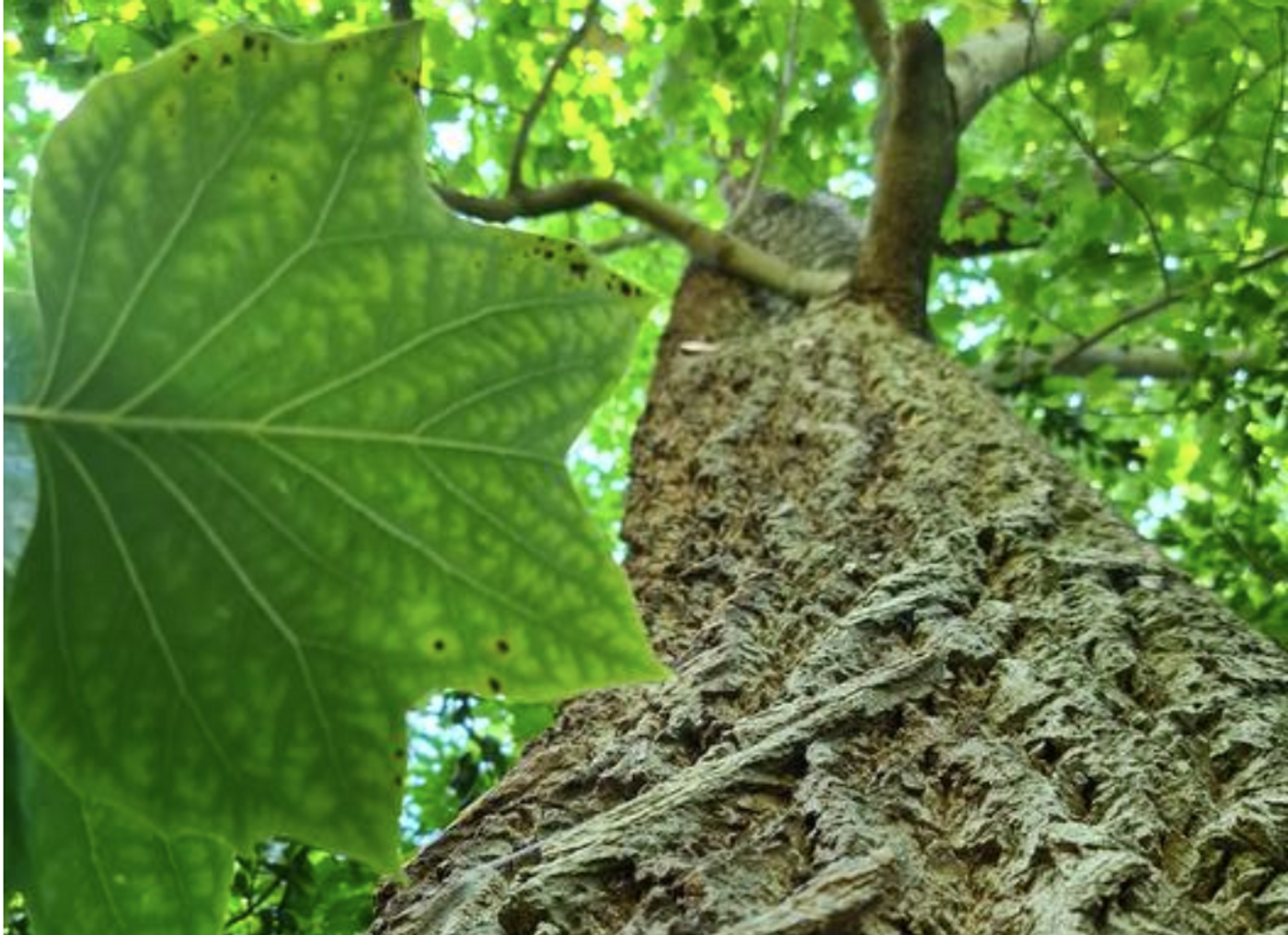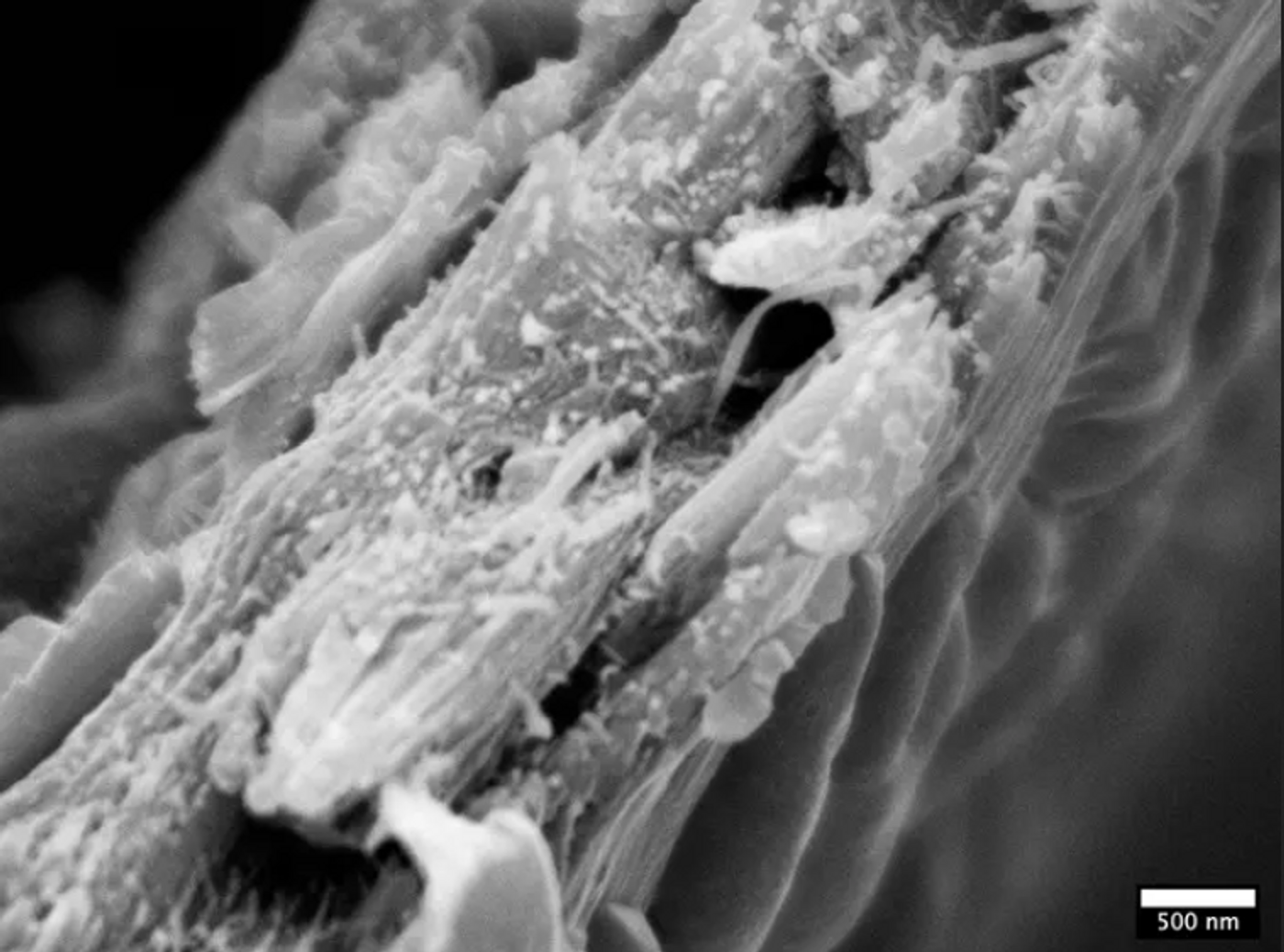Tulip Trees - This Totally New Type of Wood Can Help Capture Carbon
Scientists who were assessing the structure of different types of wood at the microscopic level have discovered a totally new type of wood. This wood is part of tulip trees, which are relatives of magnolia trees. They can grow 100 feet (meters) or more, and they are neither hardwood nor softwood, but something else entirely. This unique wood may also be helpful in the hunt for carbon sequestration tools.
This study involved some iconic trees. The researchers used a scanning electron microscopy, conducted at extremely cold temperatures (cryo-SEM) to view the cell walls in various types of wood in their naturally hydrated state. The study of the microscopic structure of wood can help inform materials science and wood processing methods, as well as our understanding of trees and their evolution. They could help us capture more carbon one day.
In this work, two surviving members of two ancient species: the Tulip Tree (Liriodendron tulipifera) and the Chinese Tulip Tree (Liriodendron chinense), were found to have much larger fibers in their cell walls, or macrofibrils, compared to their hardwood relatives. These big macrofibrils may help explain why these trees can grow quickly.
Both types of trees are also very good at storing carbon, and these large macrofibrils might enable them to store even bigger quantities of carbon during a time when such levels in the atmosphere may have been low, suggested said Dr. Jan Łyczakowski from Jagiellonian University. The findings have been reported in the New Phytologist.
"We show Liriodendrons have an intermediate macrofibril structure that is significantly different from the structure of either softwood or hardwood. Liriodendrons diverged from Magnolia Trees around 30 to 50 million years ago, which coincided with a rapid reduction in atmospheric CO2. This might help explain why Tulip Trees are highly effective at carbon storage," added Łyczakowski.
Tulip tree arboretums might also be a way to capture carbon on a larger scale.
Liriodendron tulipifera trees are a native species of North America while Liriodendron chinense is native to central and southern China and Vietnam.
"The main building blocks of wood are the secondary cell walls, and it is the architecture of these cell walls that give wood its density and strength that we rely on for construction. Secondary cell walls are also the largest repository of carbon in the biosphere, which makes it even more important to understand their diversity to further our carbon capture programs to help mitigate climate change."
Sources: University of Cambridge, New Phytologist










